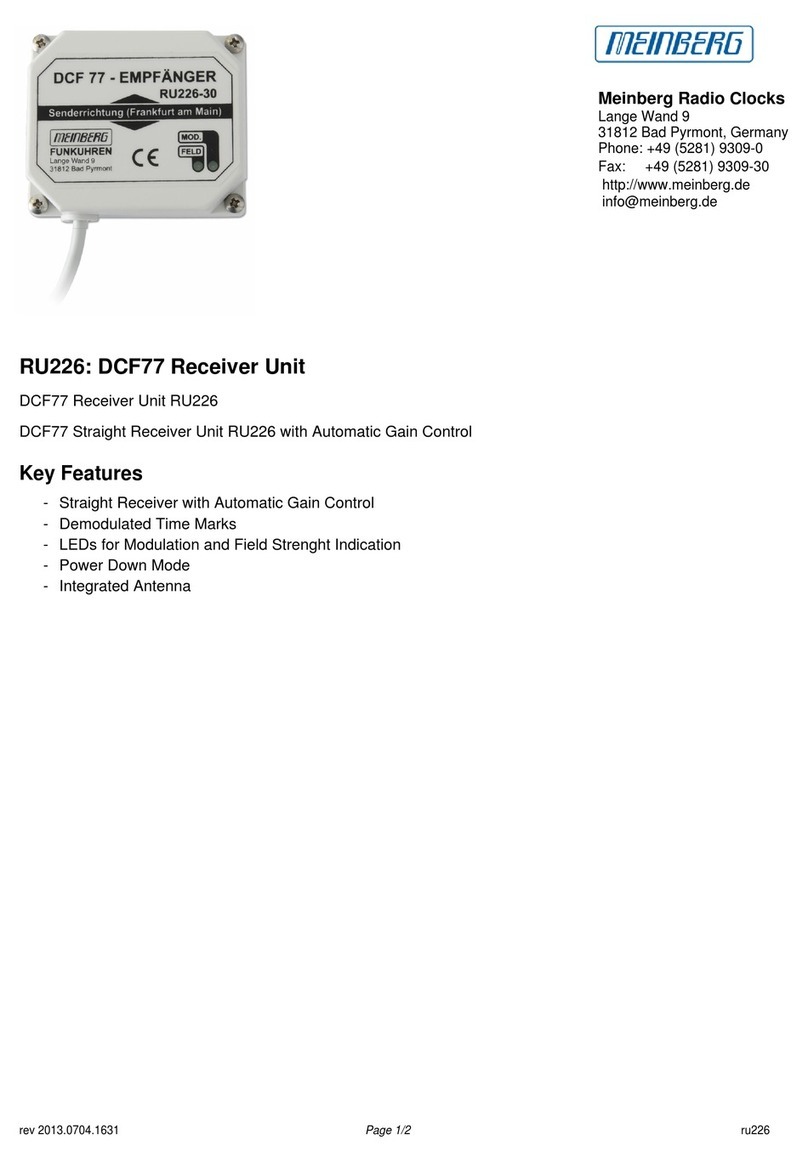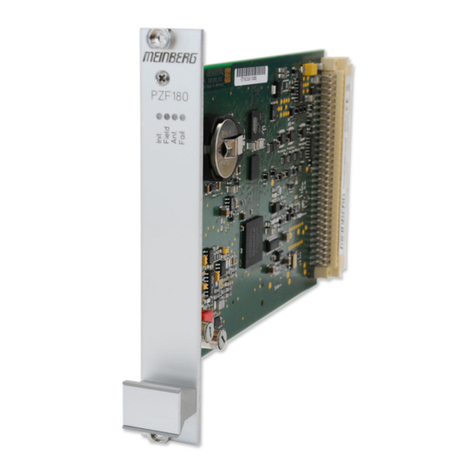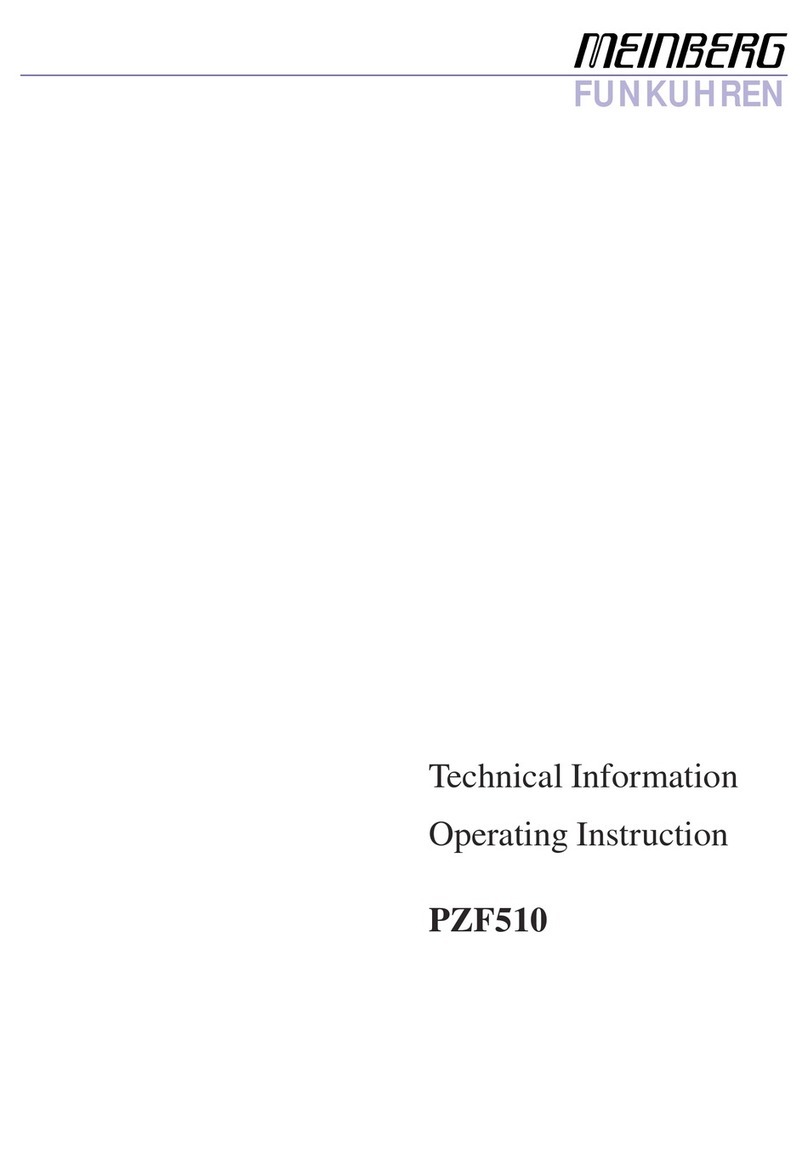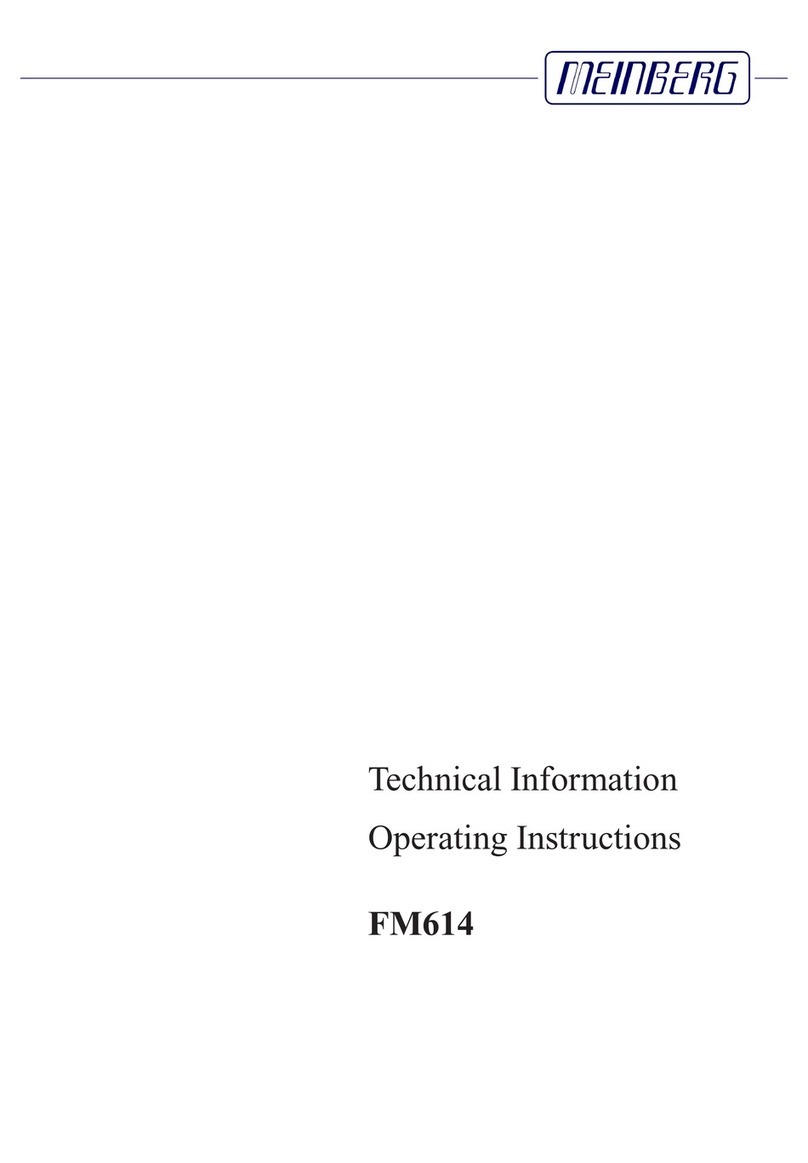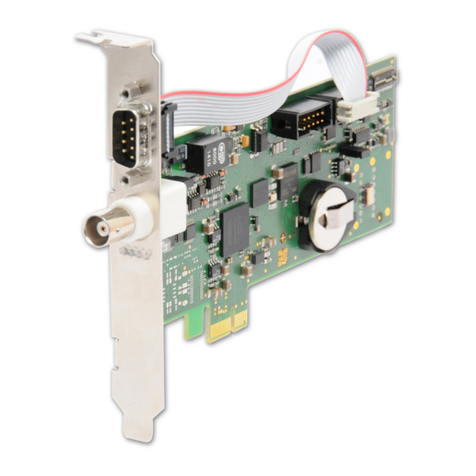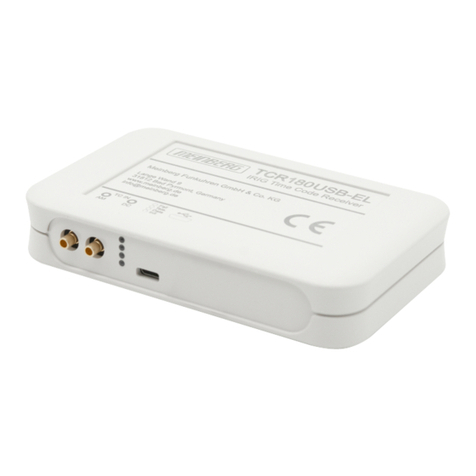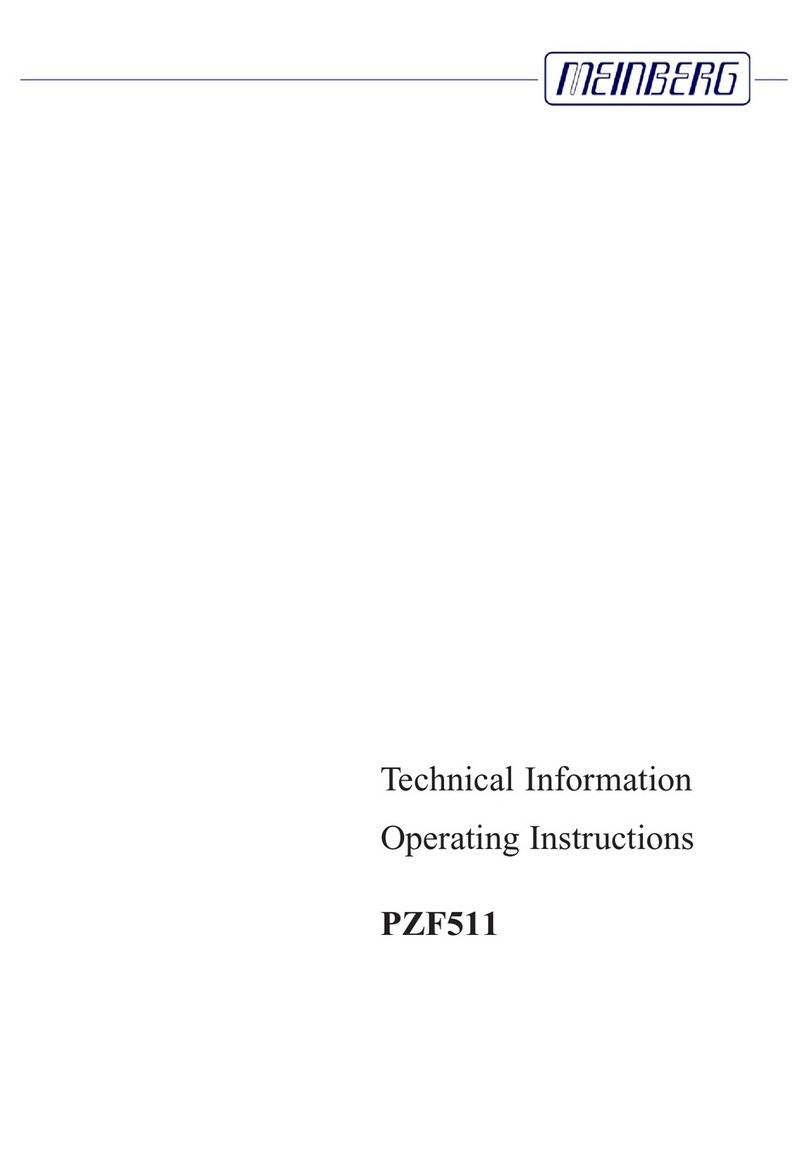Page 0
8.7.8 SETUP POUT X (optional) . . . . . . . . . . . . . . . . . . . . . . . . . . . . . . . . . 25
8.7.9 SETUP TIME CODE SETTINGS (optional) . . . . . . . . . . . . . . . . . . . . . . . . . 29
8.7.10 SETUP INITIAL POSITION . . . . . . . . . . . . . . . . . . . . . . . . . . . . . . . . . 29
8.7.11SETUPINITIALTIME .................................... 29
8.7.12INITUSERPARMS...................................... 30
8.7.13INITGPSPARMS....................................... 30
8.7.14FORCEBOOTMODE .................................... 30
8.7.15ANTENNACABLE...................................... 30
9 Firmware Updates 31
10 Skilled/Service-Personnel only: Replacing the Lithium Battery 32
11 Technical Specifications GPS170 33
11.1Oscillatorspecications ........................................ 35
11.2 Technical Specications GPS Antenna . . . . . . . . . . . . . . . . . . . . . . . . . . . . . . . . 36
11.3SignalDescriptionGPS170 ...................................... 37
11.4TimeStrings.............................................. 38
11.4.1 Format of the Meinberg Standard Time String . . . . . . . . . . . . . . . . . . . . . . . . 38
11.4.2 Format of the Meinberg GPS Time String . . . . . . . . . . . . . . . . . . . . . . . . . . 39
11.4.3 Format of the Meinberg Capture String . . . . . . . . . . . . . . . . . . . . . . . . . . . 40
11.4.4 Format of the SAT Time String . . . . . . . . . . . . . . . . . . . . . . . . . . . . . . . 41
11.4.5 Format of the Uni Erlangen String (NTP) . . . . . . . . . . . . . . . . . . . . . . . . . . 42
11.4.6 Format of the NMEA 0183 String (RMC) . . . . . . . . . . . . . . . . . . . . . . . . . . 44
11.4.7 Format of the NMEA 0183 String (GGA) . . . . . . . . . . . . . . . . . . . . . . . . . . 45
11.4.8 Format of the NMEA 0183 String (ZDA) . . . . . . . . . . . . . . . . . . . . . . . . . . 46
11.4.9 Format of the ABB SPA Time String . . . . . . . . . . . . . . . . . . . . . . . . . . . . 47
11.4.10Format of the Computime Time String . . . . . . . . . . . . . . . . . . . . . . . . . . . . 48
11.4.11Format of the RACAL standard Time String . . . . . . . . . . . . . . . . . . . . . . . . . 49
11.4.12Format of the SYSPLEX-1 Time String . . . . . . . . . . . . . . . . . . . . . . . . . . . 50
11.4.13Format of the ION Time String . . . . . . . . . . . . . . . . . . . . . . . . . . . . . . . . 51
12 Menu Quick GPS170 Reference 52
13 Attachment: Technical Information 53
13.1SafetyInstructions........................................... 53
13.2 Technical Specications GPS170 . . . . . . . . . . . . . . . . . . . . . . . . . . . . . . . . . . . 53
13.3CE-Label................................................ 54
13.4RearPanelConnectors ........................................ 54
13.5BackRS232COM0COM1 ...................................... 55
13.6TimeCapture ............................................. 55
13.7PulsesOut/F.Synth. ........................................ 55
13.8ErrorRelay............................................... 56
13.9GPSAntenna ............................................. 57
13.10TheprogramGPSMON32....................................... 58
13.10.1SerialConnection ....................................... 58
13.10.2NetworkConnection...................................... 58
13.10.3OnlineHelp .......................................... 58
0
Date: 8th August 2013 GPS170 BGT
